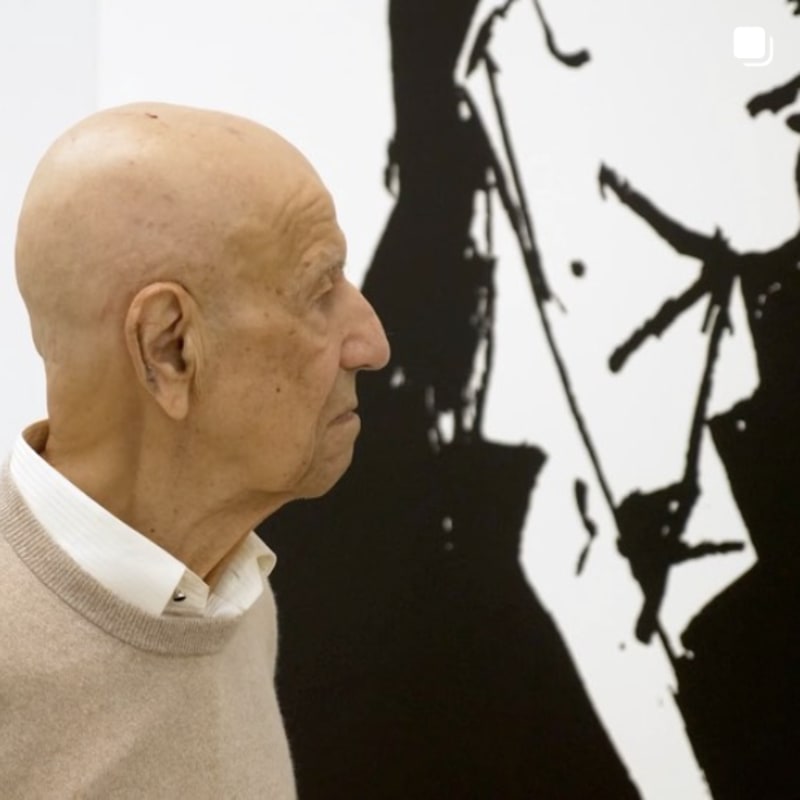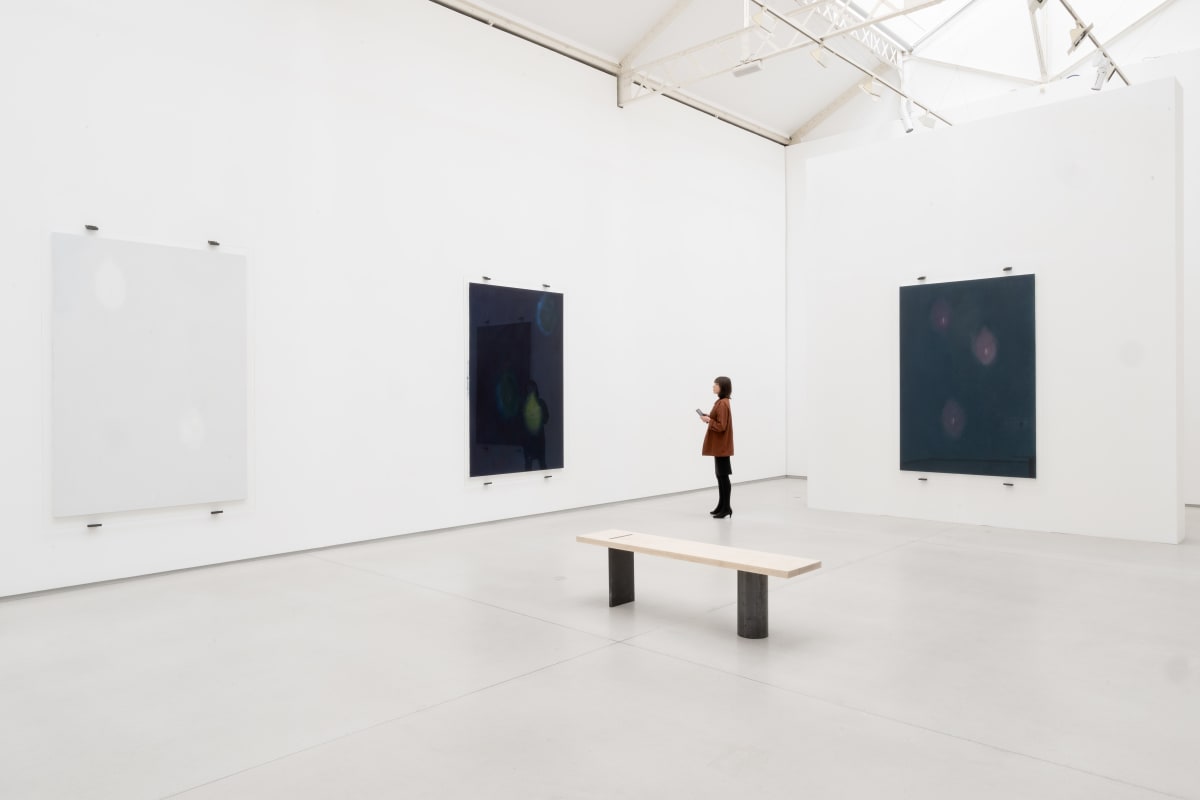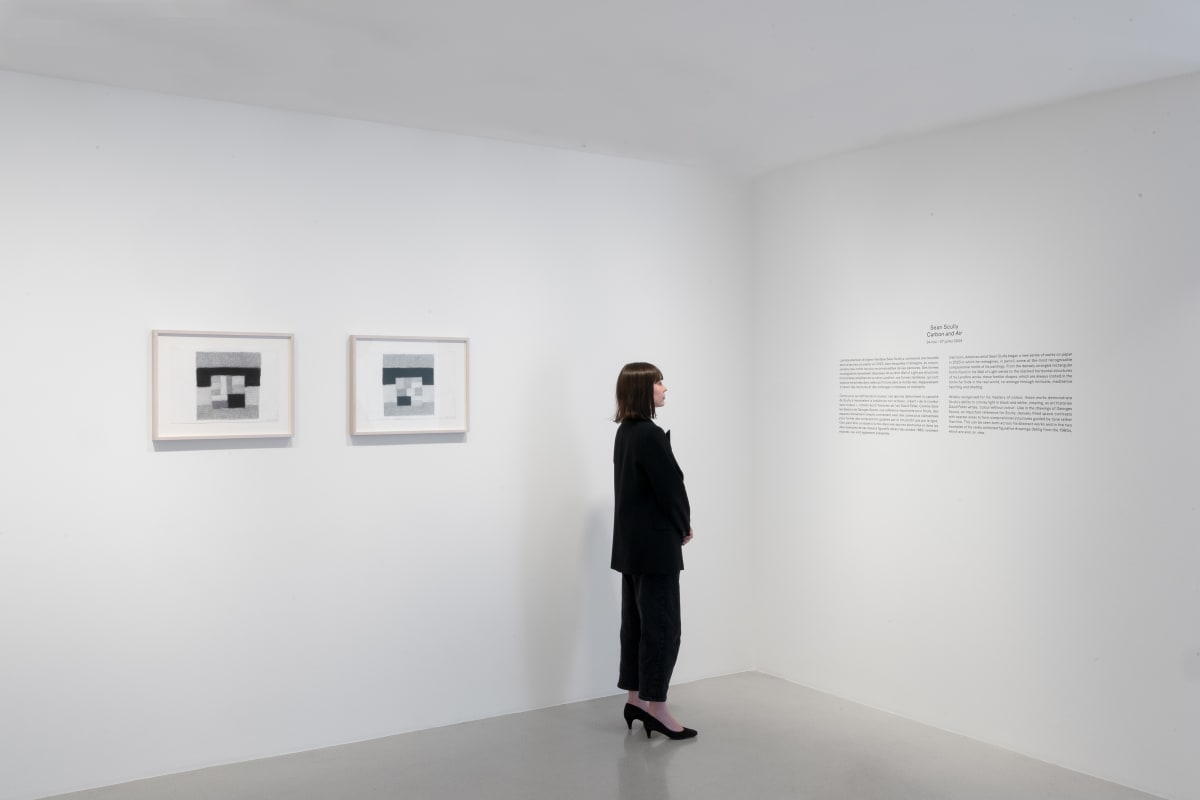Lee Bul at the Seoul Museum of Art Curated by Jin Kwon
By Andrew Russeth
Between 1988, when she was just twenty-four, and 1996, South Korean artist Lee Bul went on one of the great artistic streaks of recent decades, uncorking more than thirty heterogeneous performances that were incisive, uproarious, and sometimes harrowing. Through a canny marshaling of documentary materials, “Lee Bul: Beginning” offered a convincing and considered account of that legendary stretch, highlighting the artist’s unflinching challenges to gender inequity, militarism, and other enduring repressive scourges.
Projected at monumental scale on the walls of a long, dark gallery were videos and photographs of about a dozen of those works, so that you could see Lee simultaneously engaged in disparate behaviors in various guises. Clad in a bulbous fabric bodysuit covered with tentacles, she is hilarious and menacing as she crawls around a barren field and an imposing museum in two versions of her early performance Cravings, 1988 and 1989. Laughing, 1994, commences in relatively decorous fashion, with the artist doing a fan dance in hanbok and gas mask, but by the end she is naked and has succumbed to maniacal mirth. She is nude as well in Abortion, 1989, telling her audience at the Dongsoong Art Center in Seoul, “I weigh a lot, so I need some strong men to help me.” People come forward to suspend her from the ceiling with rope and a body harness. Hanging upside down, occasionally licking a lollipop, she recites poetic phrases and discusses abortion (which was just decriminalized in South Korea in January 2021). For those who have some relationship with it, she says between grimaces, “I hope that this act of mine would help everyone become free from guilt.”
 Lee Bul, Sorry for Suffering—You think I’m a puppy on a picnic?, 1990. Performance view, Tokyo, 1990. Lee Bul.
Lee Bul, Sorry for Suffering—You think I’m a puppy on a picnic?, 1990. Performance view, Tokyo, 1990. Lee Bul.Intriguingly, Lee installed some fifty fans at each end of the video hall, which whirred away. The noise and the sight of the appliances undercut the spectacle of the seductive (if sometimes grainy) footage, keeping viewers off-balance and reminding them that they were witnessing these high-stakes live activities secondhand, at a remove. (Audio could be gleaned only by standing in precise spots.) Similarly, reconstructions of two of Lee’s Cravings costumes in a nearly empty gallery looked impressive and frightening but also lonely, absent their charismatic wearer.
The potency of Lee’s performances was often the result of her playing off of, even testing, her audience. She has a “cruel thought” that she will “continue until I get exhausted or scream to put me down,” she says in Abortion. The audience apparently intervened after about two hours. She does not seem to resist in the video (which lasts only around ten minutes). In 1990’s Sorry for Suffering—You think I’m a puppy on a picnic? (what a title!), she roams the streets of Seoul and Tokyo in a crustacean-like outfit. She is on display, open to ridicule, utterly rejecting any attempt to police her body. Reactions from passersby include bafflement, curiosity, and awe.
 Lee Bul, Hydra (Monument), 1996/2021, printed fabric, air pumps. Installation view. Photo: Hong Cheolki.
Lee Bul, Hydra (Monument), 1996/2021, printed fabric, air pumps. Installation view. Photo: Hong Cheolki.
In 1996, Lee playfully demonstrated how an artist and her public feed off each other in I Need You (Monument), a roughly thirty-nine-foot-tall balloon that all comers could inflate by stomping on pumps. As it grew, it revealed a vibrant image of Lee in boots, fishnets, and a flowing robe, with elaborate ornaments in her hair, a kind of punk-geisha-goddess amalgamation of stereotypical images of Asian women. (At the time, she was moving away from performance; viewers were becoming desensitized, requiring ever more extreme provocation, she has said.) At the Seoul Museum of Art, a new version of a related balloon, Hydra (Monument), 1996/2021, was black-and-white, the dolled-up artist surrounded by glitchy, abstract passages (mushroom clouds, maybe) as if faxed in from the past. The communal labor the work invited had an extra poignancy amid the social-distancing rules of the pandemic.
Photographs of sundry other actions, drawings, and props filled the third, final room of this exhilarating show. This gallery suggested an artist overflowing with unruly ideas and hinted that this exhibition was only one potential edit of her production. There were videos on small screens here, too, one with the artist outside a museum in 1994 with a collar around her neck that is chained to a bed. She tries to walk away and is brought up short. And so she brandishes a heavy pickax, strips off her clothes, and sets to work trying to break free. You might be tempted to laugh at the blunt symbolism and the deadpan absurdity of her commitment. But a small crowd, including stone-faced men in suits, is watching, and they are doing nothing to help her.













































































































































































